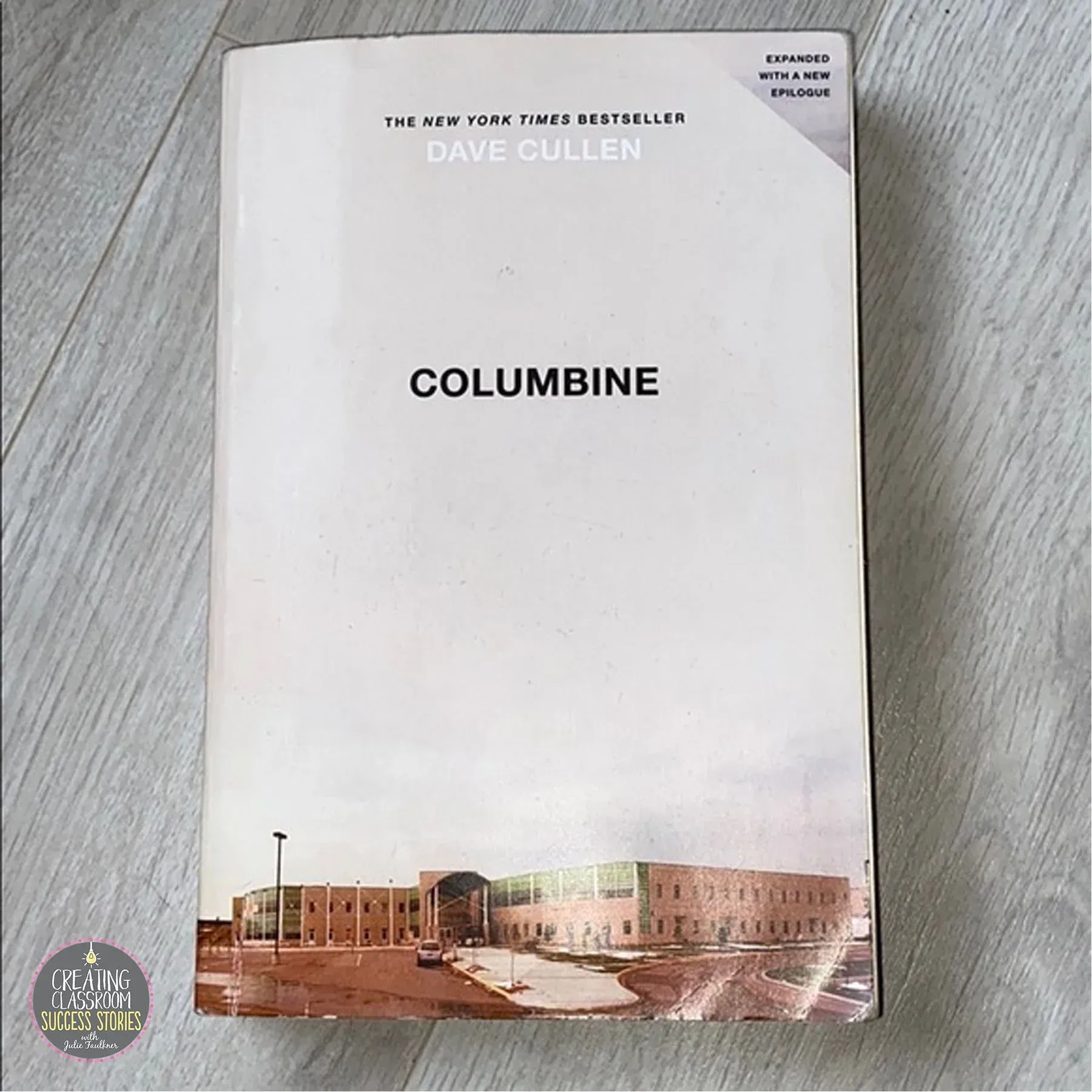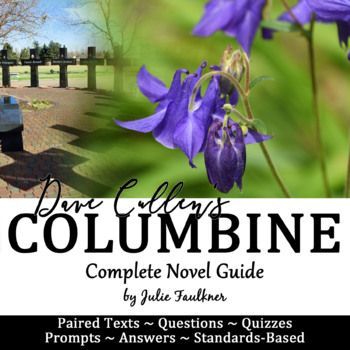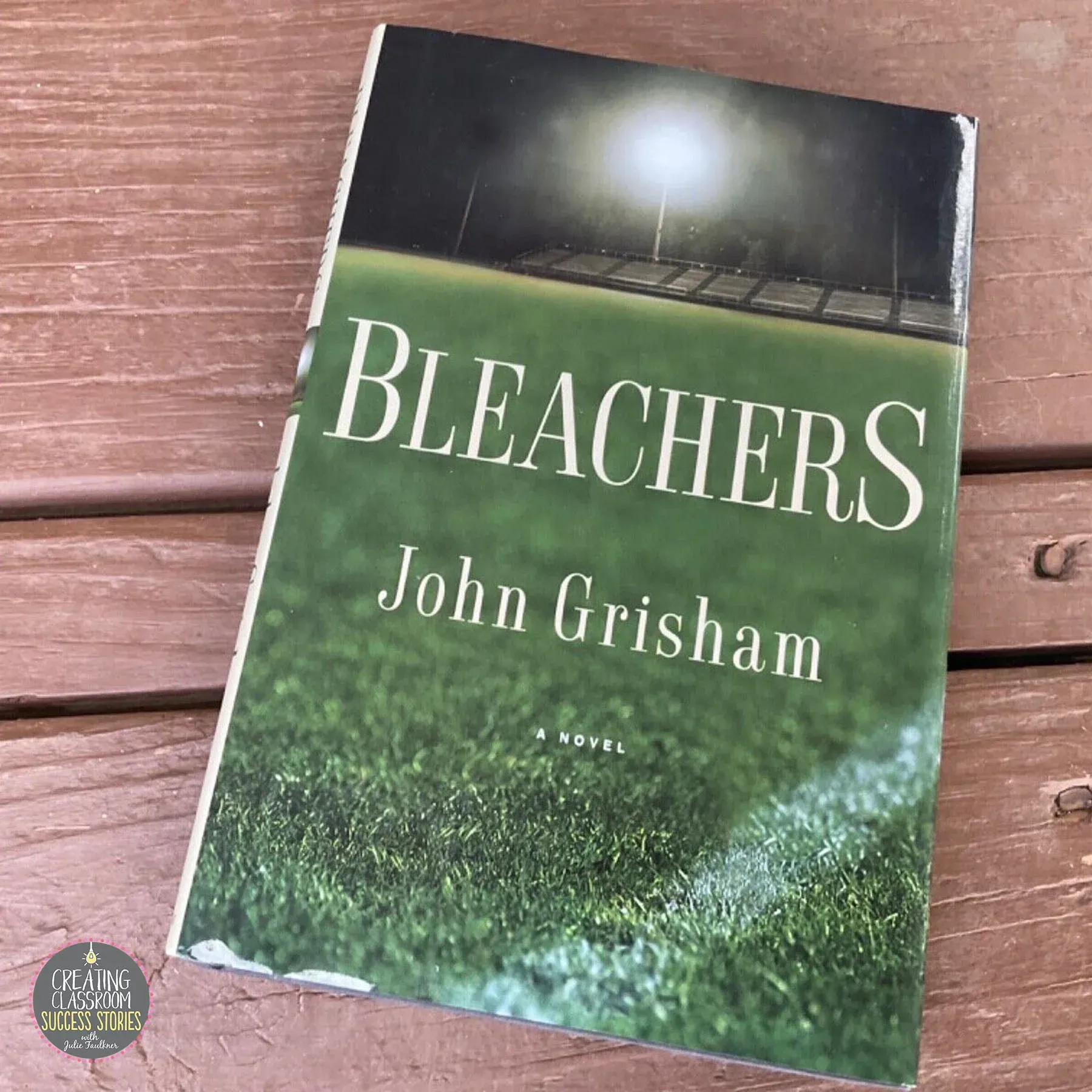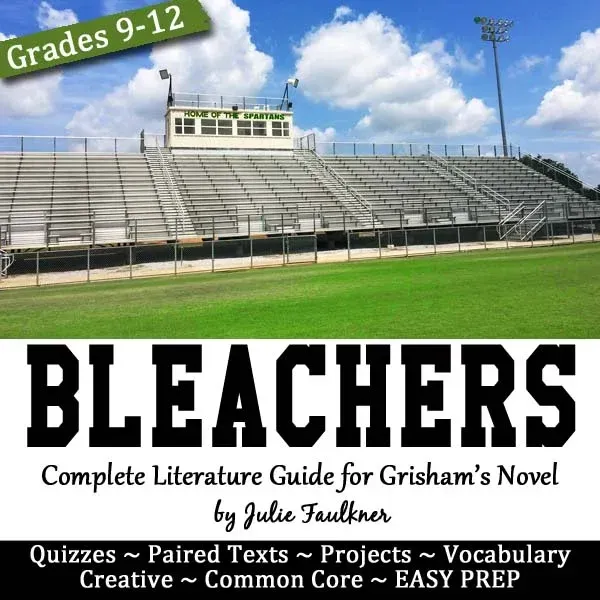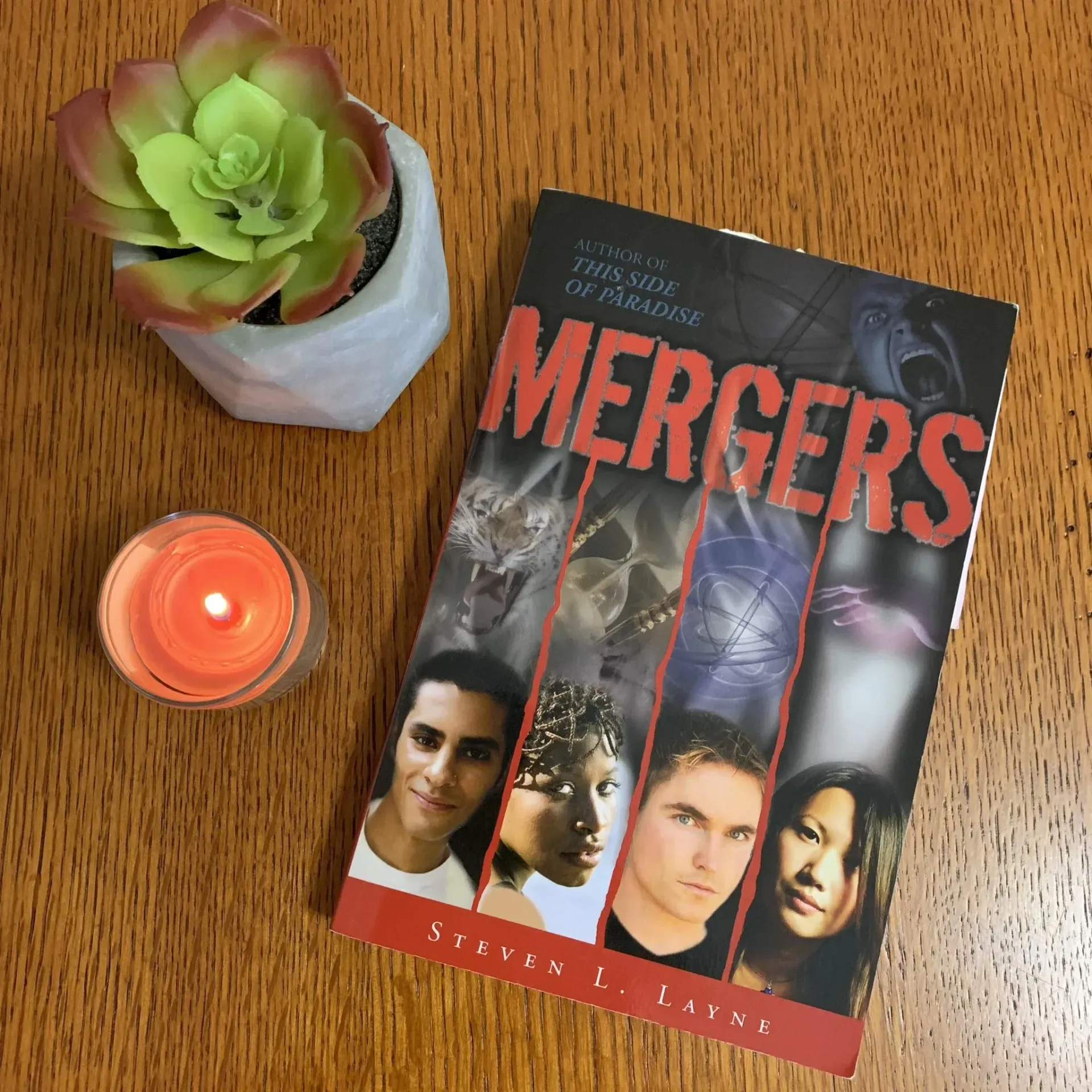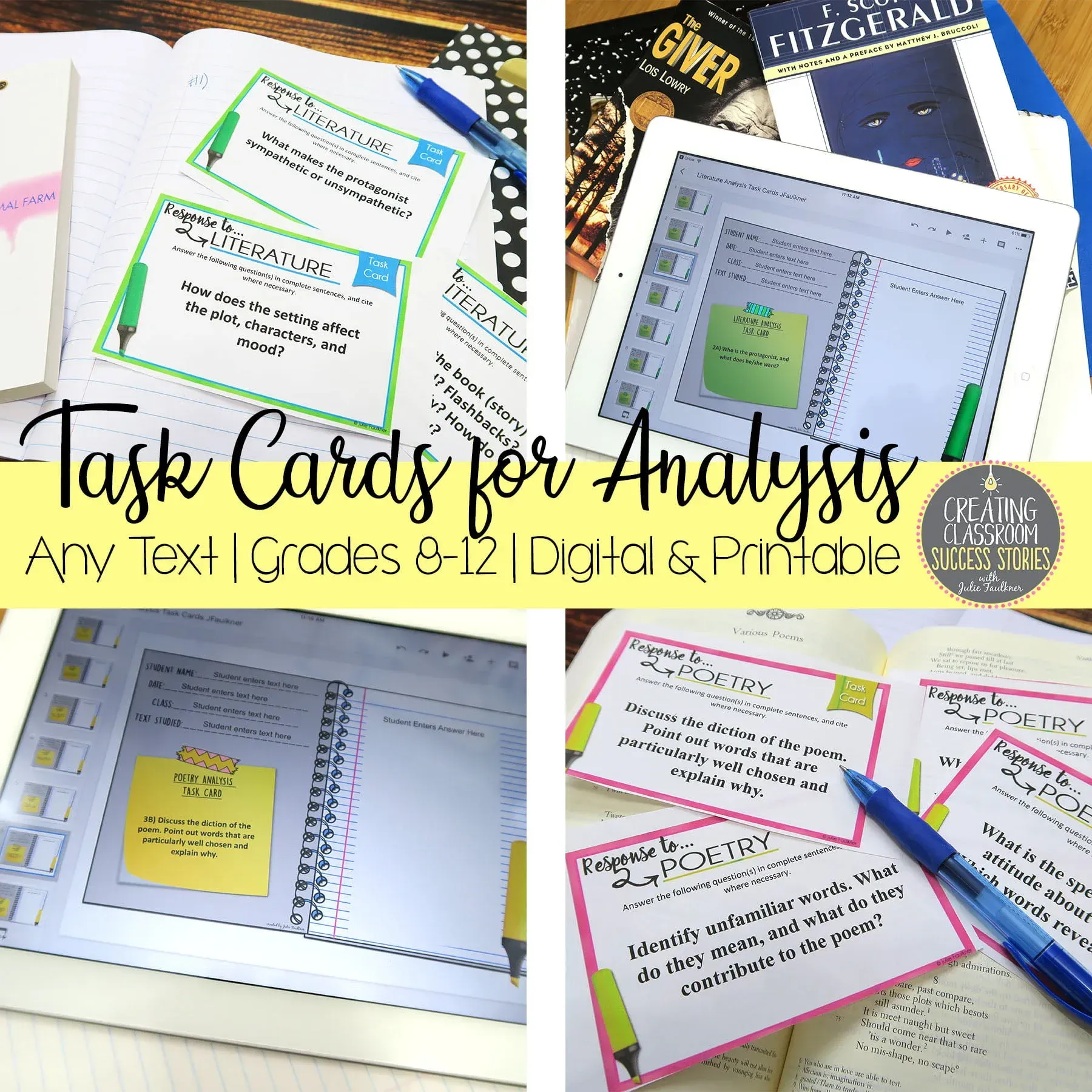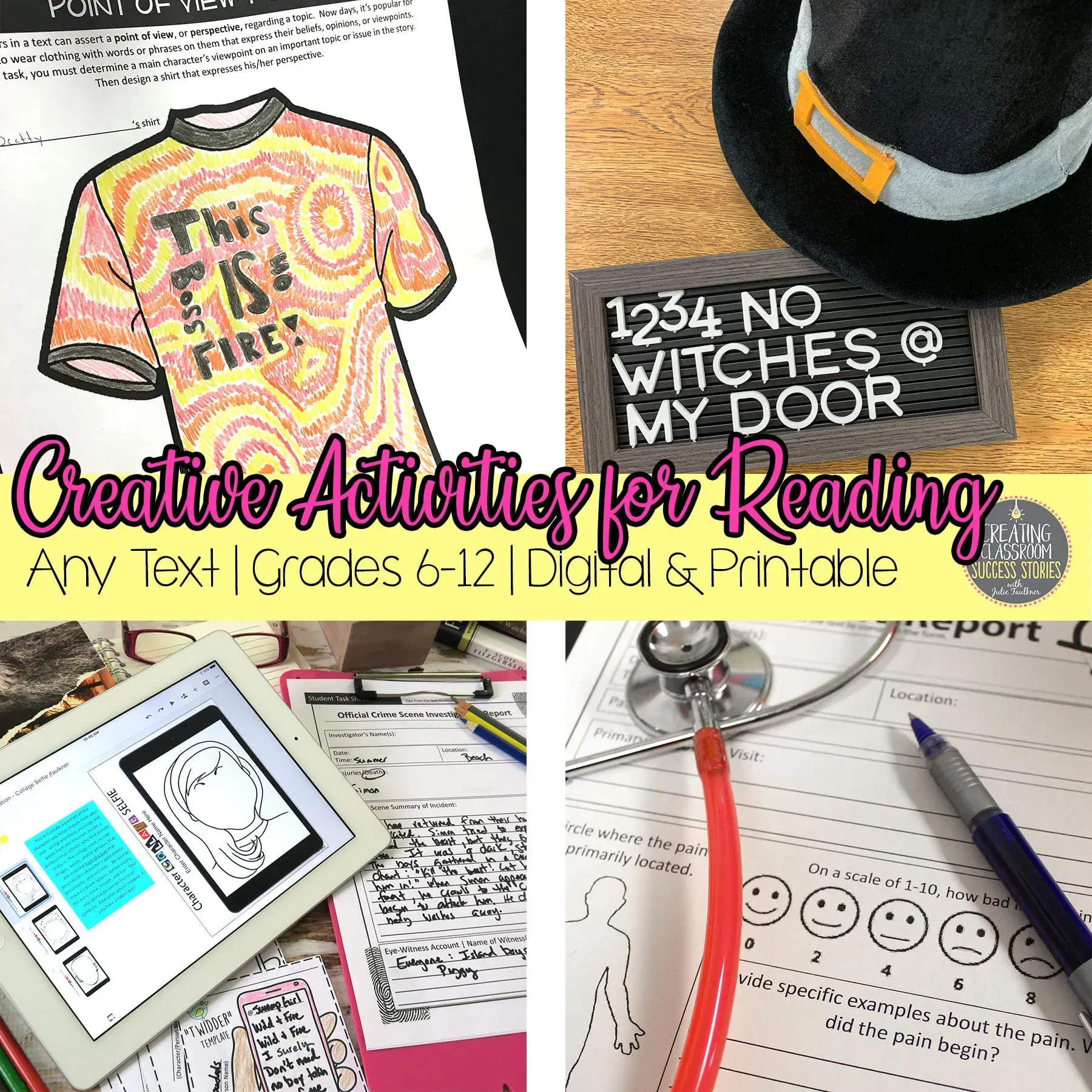Books without a Movie Version
Your Students will Love Anyway
With so many books being turned into money-making movie franchises, it might be hard to get your students to read something that hasn’t been recreated on the big screen. While I’m not opposed to the book-turned-movie selections (my Netflix queue is full and waiting for me to binge a few), I’ve always sought out books for my students that weren’t as popular. I’ll chalk it up to erring on the side of wanting to be different. Either way, the five books I’ve taught below haven’t hit the box office yet, and the fact that there are titles for fiction and nonfiction on the list that leave my students begging to keep reading makes my nerdy English teacher-heart happy. So, here are five book suggestions for your middle and high school students — without movies — that they will want to read anyway!
1. COLUMBINE BY DAVE CULLEN
This is nonfiction book suggestion reads like fiction. It was ten years in development and research by journalist Dave Cullen. In it, he dispels the myths that surrounded the tragedy with facts, evidence, and quotes – all while maintaining a safe distance from giving Eric and Dylan the credit and accolades, they craved. Its detailed characterization draws my students in from page one, and its complex structure challenges them while keeping students engaged from beginning to end. My unit guide for a high school English class is available in my store.
2. BLEACHERS BY JOHN GRISHAM
John Grisham, in my opinion, is an author with timeless appeal. He’s in that space between modern and on-the-way to classic. Bleachers uses the complex structure of flashback to tell the story of how a couple of stuck-in-the-past high school football stars have to embrace forgiveness in order to move on and realize that if you make high school your life, life after high school is a hard place to navigate. The complete unit guide for this book suggestion is available in my store now.
3. MERGERS BY STEVEN LAYNE
This science fiction flick would be perfect for 7th-9th graders who are obsessed with everything dystopian. Inspired by a visit to a school one day where he saw a couple of kids picking on another kid because of skin color, Layne explores the idea of what it would be like if all races were erased. I don’t think this text could be any timelier given current events, and a fellow teacher of mine is paring it this year with the classic To Kill a Mockingbird. A complete unit guide for this book suggestion for middle and high school students is on my to-do list, and the author provides a short free one on his website. You could pair that with my literature analysis task cards and have some very interesting book clubs! And check out how I use task cards in this post.
4. THE CHILDREN OF WILLESDEN LANE BY MONA GOLABEK
I was hooked on this true memoir the moment I found it, covered in dust, on the bottom shelf of the supply closet – and so were my students. Perfect for grades 7th-9th, The Children of Willesden Lane is the true story of Lisa Jura, a young girl who escapes Nazi persecution on the eve of World War II. Mona Golabek, in an authentic voice, tells the story of her mother’s real-life struggles through this time in history, and your students will immediately identify with the protagonist. Music and relationships weave together this beautiful plot. A complete unit guide is on my to-do list as well, and the author provides some music clips and teaching tips on the book’s website. I love to pair it with my no-prep, modern Making Literature Come Alive Creative Activities Pack for some fun work with this text, too!
5. PEELED BY JOAN BAUER
I used this novel with my high school yearbook class once our book was finished. It’s perfect for piquing their interest in mystery, and it ties perfectly in with our journalism class. A reporter for her high school newspaper, Hildy Biddle is just waiting for a chance to prove herself as a real journalist. Not content just covering school issues, Hildy’s drawn to the town’s big story–the haunted old Ludlow house. It’s a fun, quick tale that you won’t have to beg your students to read. I’ll be putting together some of the materials I used for it soon!
… And a couple of other excellent picks that my students love with movies that are so bad, they might as well be in the category of those without movies because there’s no way they’d be worth giving class time for them are Macbeth and Lord of the Flies. I have complete, modern unit plans for both of these in my TPT store, though!
Love this content?
Sign up for my email newsletter with more tips, ideas, success stories, and freebies!










